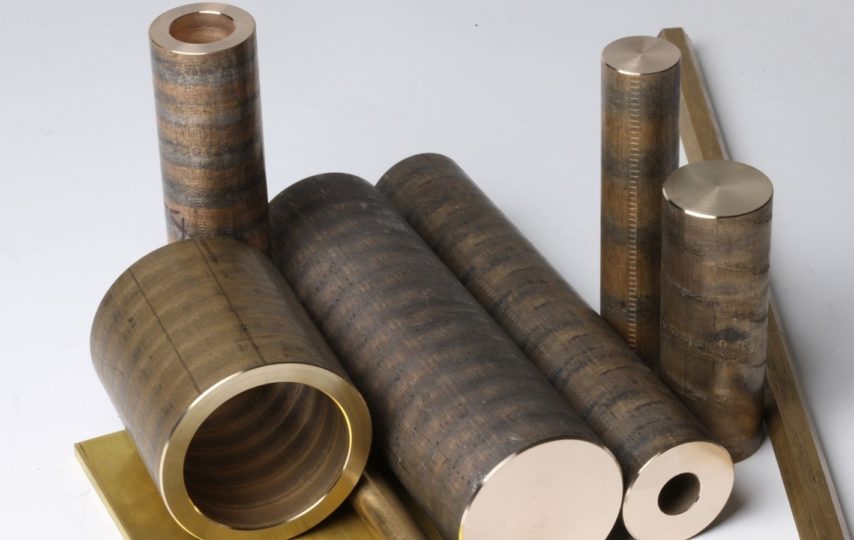With the passage of time bronze gained its importance, thanks to its diversification in the 20th and 21st centuries, bronze is becoming an increasingly significant material. Bronze is not just divided into one thing; there are several bronze styles available for purchase, each with its own valuable properties, but at first glance, it can be difficult to select one.
How exactly is bronze developed? It is the result of adding tin to copper, however, it is considered a class of copper alloys in the modern age that has been established on the basis of their working properties and unique alloying elements.
In order to obtain bronze discovery of several metals like manganese, nickel, silicon, zinc, leads metals such as lead, manganese, antimony, nickel, zinc, silicon, give designers new and unique ideas some special creations as per the demand of people.
Why bearing bronze is a good choice:
Often when we tend to go for something or choose it we do find ourself in a dilemma if we are making a better choice or just making a mistake. Bearing bronze has a great reaction to cyclic loading, that is, in the face of several repeated, similar forces, it can retain its power. It is important to understand that materials tend to get weak below their yield point as micro-cracks in the metal can be caused by the constant load which lowers its strength. The fatigue strength defines the ability to withstand these forces and is sometimes much lower than the yield point; this is not the case for bronze bearings.
In addition to the same, it has been noticed that when it’s yield strength is poor, it’s fatigue strength comparable to other types of bronzes. This makes it quite reliable but don’t consider it completely solid. This makes bearing bronzes ideal for components that have to last and preserve their working properties.
Bearing bronze has a hardness below that of copper, which means it is quite soft and scratched more easily than copper. If the material is lower than another on the scale, then it means that the harder material could be scratched by one material. This implies that bearing bronzes are subject to simple surface deformation, but with its strong self-lubricating properties that minimise this weakness, it can be compensated for this.
Its simplicity of machining is the key advantage of bearing bronze. There’s no doubt that at times it becomes difficult for certain materials to cope up with things like tooling which results in milling, spinning, and drilling as well which makes it either too weak or too hard to work upon.
The machinability rating of a metal is given in a proportion and refers to the standard machining material for the bronzes, this material is UNS C36000 free cutting brass and is given a score of 100 per cent machinability. The metal can be measured or compared to an easy machine quality which justifies the same in terms of bearing bronze, any percentage which has gotten near to 100 will start indicating. Thanks to their added lead and low yield point, which will not wear down instruments easily and will make the work of your machinist easy. If your application is vital to machinability, consider bearing bronze.
Applications of Bearing Bronze
As discussed, bearing bronze is known to be one of the demanded and popular copper alloys in the market. It finds many uses and is still being developed to fit into more. There are a lot of things we can do with bearing bronze, some of the popular ones are impellers, plates, bearings and bushings, washers and machine too bearings as well. Not just this it can be used for general purposes as well.













